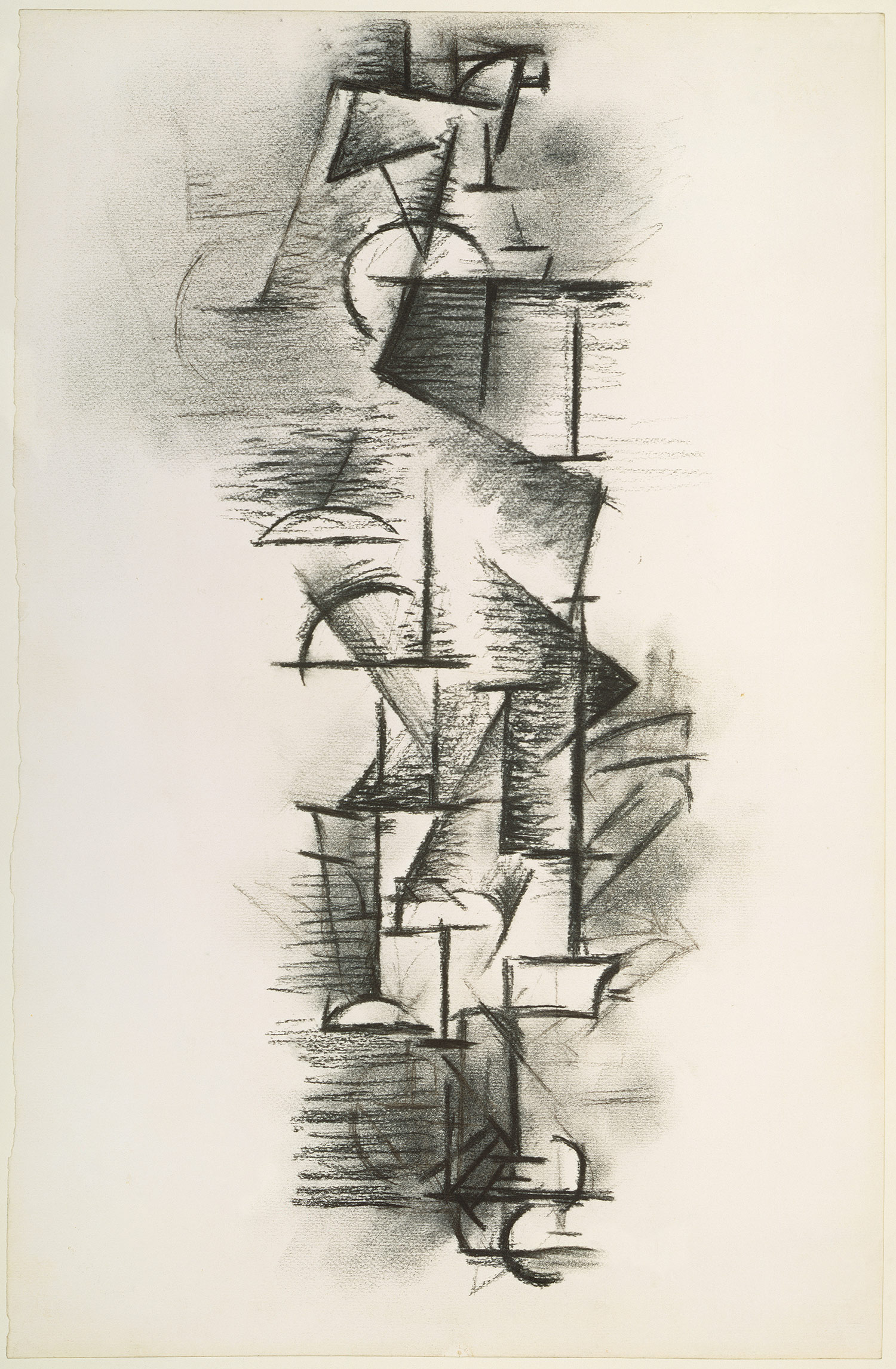Intro
Verse
Chorus
Verse
Chorus
Bridge (or Middle Eight)
Verse
Chorus
Bridge
Verse
Chorus
Outro (or Coda, or Tag)
It varies, but that’s pretty standard. In today’s pop music the bridge may not be repeated a second time because the nature of lyrics is a bit different. And somewhere in there, there is usually (but not always) an instrumental break, but we don’t need to deal with that right now.
The verse, the chorus and the bridge are the building blocks for your foundation. Let’s understand exactly what those words mean.
According to the online source The Virginia Tech Multimedia Music Dictionary, the definition of verse is: a group of lines which constitutes a unit. Often there are several verses in a single text, and usually the rhyme scheme, rhythm, and number of poetic lines and feet are the same from verse to verse in a single text.
Lyrically, the verses are what move the story of the song along (even if it’s not a story song), they propel the idea forward.
The chorus, or refrain, is like a verse in that it is a group of lines with a rhyme scheme. But the chorus is repeated at intervals throughout the song and does not vary lyrically. It’s usually the main idea of the song, the message that gets repeated throughout. It’s where, as a songwriter, you want your “hook” to be, lyrically and musically. The chorus may or may not use the same rhyme scheme as the verses. I often try to vary the rhyme scheme to set it apart and help it stand out.
Not all songs use a bridge, but it’s a useful tool. The Virginia Tech Multimedia Music Dictionary defines it as a “Transitional passage connecting two sections of a composition.” The bridge is unlike the rest of the song musically. It may or may not adhere to a previously established rhyme scheme or pattern, or have one at all. It does more than just “connect.” The bridge gives you a chance to restate the main theme in a new way. You can change perspective or add a twist to the story. It can add a sense of heightened excitement, a sort of a tension before the climax and release. Bridges often appear before the last chorus, or sometimes before the musical break. I don’t always (or often) use a bridge, but when I do, I try to make it the “ah ha!” moment in the song – the moment where the listener realizes the deeper meaning. It adds another level or layer to the structure, or maybe it reinforces the foundation.
We’ll get into examples of bridges and verse and choruses in the next section. You can follow this link for a good article on bridges.
The intro is a musical statement that brings the listener into the song, or introduces the song. It can be as simple as one chord, or it can state part of the melody, usually the second half of the chorus (if your chorus is the standard 8 bars, then the last four bars). It can foreshadow musically what’s to come.
The outro, or coda, is the end of the song. The end of a song can be handled any number of ways. It can fade while repeating a line or two, with or without lyrics; It can fade on one chord; It can swell on one chord; It can restate part of the melody; It can be a simple “amen” progression (IV – I); It can be a “cha cha cha” pattern…It all depends on the type of song and how you want to affect the listener, how you want to lead them out of what you just taken them through.
This is my outro for this section. Examples coming up. This is my outro for this section. Examples coming up. This is my outro for this section. Examples coming up. This is my outro for this section. Examples coming up. This is my outro for this section. Examp



